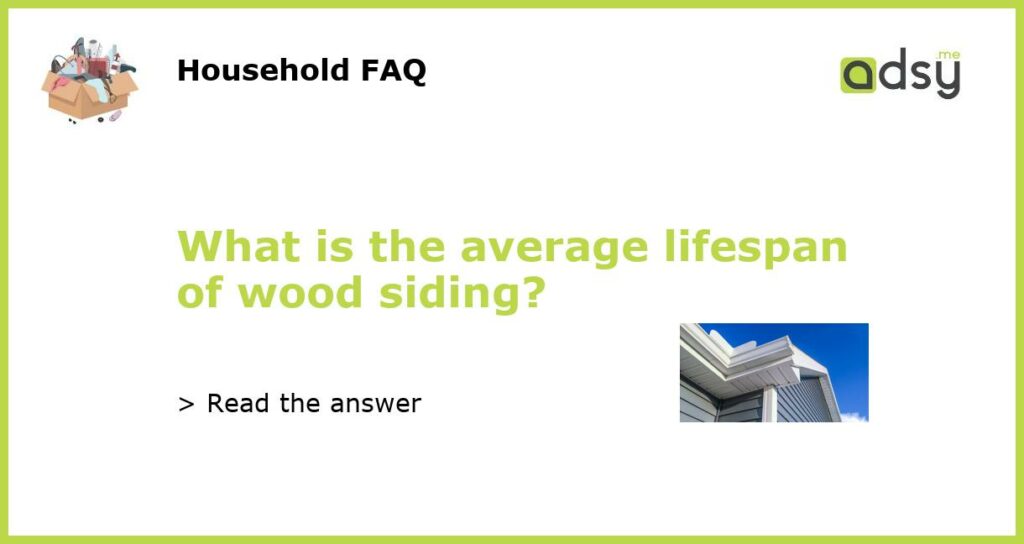Factors that Affect the Lifespan of Wood Siding
Wood siding is a popular choice for homeowners due to its natural beauty and versatility. However, it is important to understand that the lifespan of wood siding can vary depending on several factors. These factors include the type of wood used, the quality of the installation, maintenance efforts, exposure to the elements, and the overall climate of the region.
The Type of Wood Used
Wood siding can be made from various types of wood, each with its own characteristics and durability. Some common types of wood siding include cedar, pine, redwood, and cypress. Generally, cedar and redwood are known for their resistance to rot and decay, and they tend to have a longer lifespan compared to other types of wood. On the other hand, pine is less durable and may require more maintenance to prolong its lifespan.
Quality of Installation
The longevity of wood siding also depends on the quality of its installation. Proper installation ensures that the siding is securely fastened and protected from moisture and other damaging elements. If the installation is poorly done, such as using improper techniques or materials, it can lead to premature deterioration and a shorter lifespan for the wood siding.
Maintenance Efforts
Maintaining wood siding is essential for extending its lifespan. Regular maintenance activities include cleaning, sealing, and painting or staining the wood to protect it from moisture, UV rays, and insect infestations. Neglecting these maintenance tasks can leave the wood vulnerable to rot, warping, and other forms of damage, significantly reducing its lifespan.
Exposure to the Elements and Climate
The lifespan of wood siding is greatly influenced by its exposure to the elements and the climate of the region. Wood siding that is constantly exposed to harsh weather conditions, such as heavy rains, strong winds, and extreme temperatures, is more likely to deteriorate faster. Similarly, regions with high humidity or frequent freeze-thaw cycles can accelerate the degradation of wood siding.
The average lifespan of wood siding can vary depending on several factors, including the type of wood, the quality of installation, maintenance efforts, exposure to the elements, and the climate of the region. To maximize the lifespan of wood siding, it is important to choose a durable wood species, ensure proper installation, and perform regular maintenance. By taking these steps, homeowners can enjoy the natural beauty and functionality of wood siding for many years to come.

